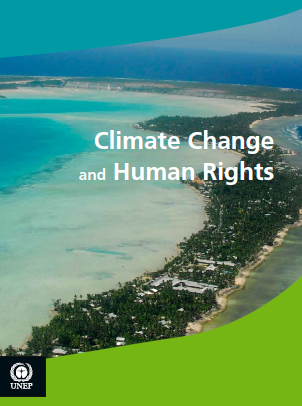By Stephanie Chuffart, Visiting Fellow.
On Nov. 19, the World Meteorological Organization (WMO) released its annual Greenhouse Bulletin on atmospheric concentrations. While atmospheric concentrations of these gases are expected to rise each year, the alarming feature of the report is that it shows that the rate of growth in carbon dioxide (CO2), methane and nitrous oxide (N2H) concentrations increased between 2010 and 2011. These three gases the report underlines “are closely linked to anthropogenic activities, and interact strongly with the biosphere and the oceans.” CO2 remains the most important anthropogenic greenhouse gas in the atmosphere with a contribution of 64% to radiative forcing. Equally worrying is the increase in N2H from 2010 to 2011 which proved greater than its mean growth rate for the past 10 years.
Interestingly, the report quotes the 2011 National Oceanic and Atmospheric Administration (NOAA) Annual Greenhouse Gas Index. The index of 1.30 represents an increase in total radiative forcing by all long-lived greenhouse gases (LLGHGs) of 30% since 1990 and 1.2% from 2010 to 2011.
Atmospheric concentrations refer to gases that remain in the atmosphere, interacting with what is commonly referred to as terrestrial and ocean ‘carbon sinks’. Atmospheric concentration of greenhouse gases are central in the global warming process, and also contribute to increased ocean acidification which can potentially have a large impact on the ocean food chain.
Access to the Bulletin and additional information from the press release can be found here.


